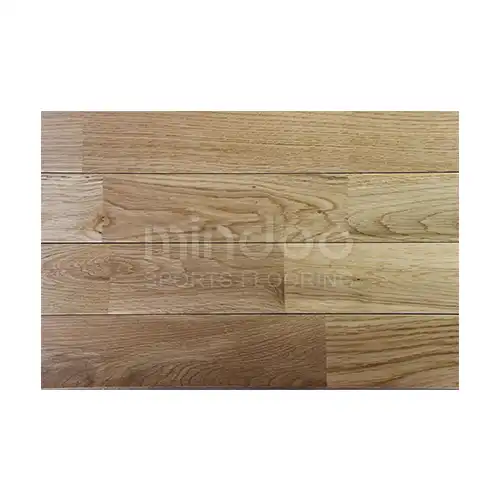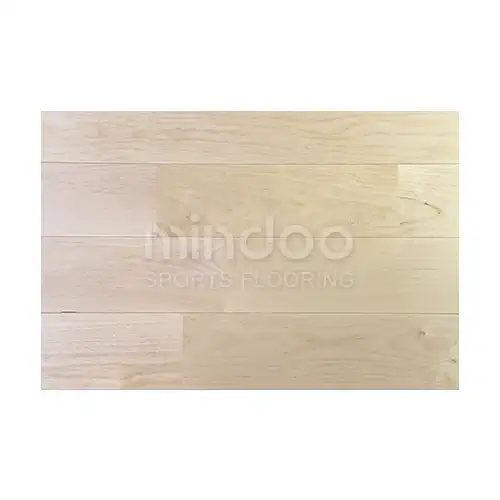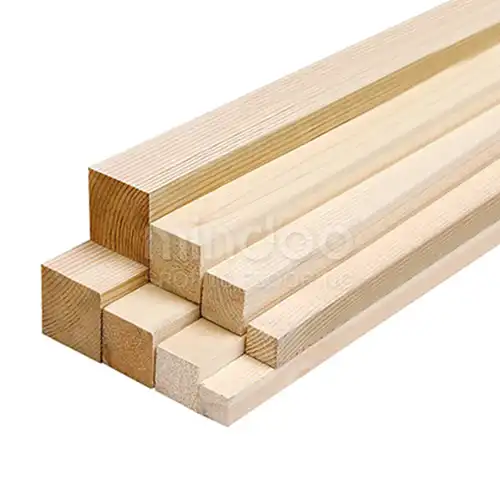The Direct Impact of Flooring on Athletes' Knee Health: Why Sports Wood Flooring Matters
When it comes to sports venues, the focus often falls on performance, training regimens, and equipment. However, one crucial aspect that frequently gets overlooked is the flooring material. The type of flooring beneath an athlete's feet directly impacts joint health, particularly the knees. As athletes subject their bodies to intense movements—running, jumping, and quick direction changes—the surface they perform on can either cushion or amplify the impact on their joints. Among the various options, sports wood flooring stands out for its superior ability to protect knee health. Let’s break down why this material is essential for long-term athletic performance.
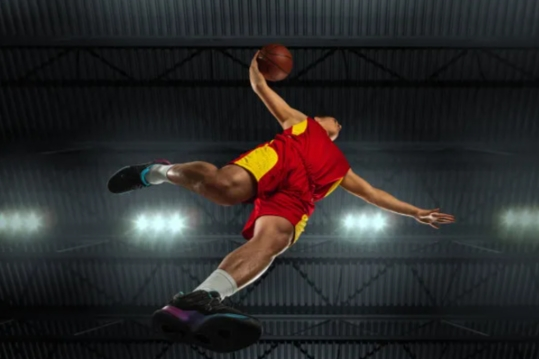
The Role of Flooring in Knee Stress: A Critical Link
Every sport comes with its own set of physical demands. Whether it’s the constant pivoting in basketball or the explosive jumps in volleyball, these movements put significant strain on the knee joints. According to a study by the American Academy of Orthopaedic Surgeons (AAOS), athletes training on hard, unforgiving surfaces (like concrete or poorly cushioned synthetic floors) have a much higher risk of developing chronic knee injuries. These can include conditions like patellar tendinitis, osteoarthritis, and ACL tears. In contrast, sports wood flooring—particularly designed to provide a balance of shock absorption and stability—helps minimize these risks by reducing the impact forces that athletes endure.
Noting that floors with better shock absorption, such as wood sports floors, can reduce stress on the knees by up to 30%. This statistic is significant when you consider the repetitive high-impact movements involved in many sports, and how over time, these stresses can lead to long-term damage.
What Sets Sports Wood Flooring Apart?
Sports wood flooring, typically constructed from hardwoods like maple or oak, is designed specifically to address the needs of athletes. Unlike regular wood flooring or synthetic surfaces, these floors are engineered with several key attributes in mind: shock absorption, resilience, and stability.
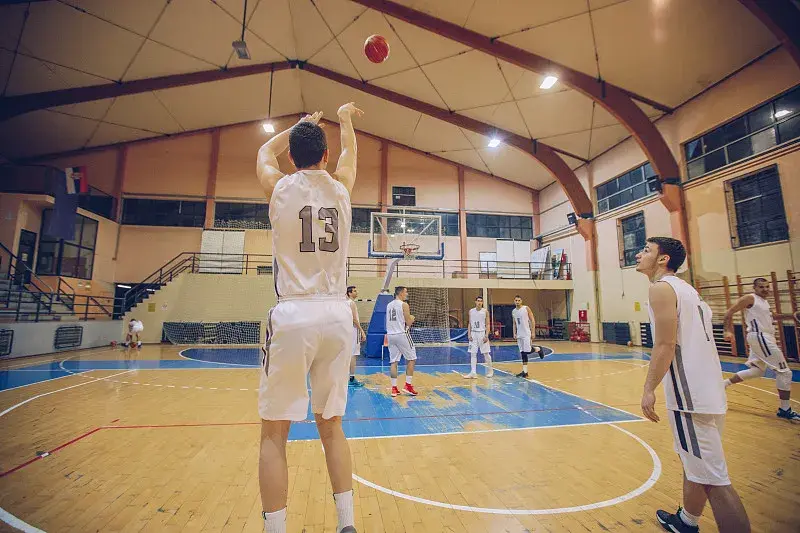
1. Shock Absorption: The primary advantage of sports wood floors is their ability to absorb shock. The hardwood surface itself provides a solid base, while an engineered sub-layer absorbs impact, reducing the strain on athletes’ knees. This shock-absorbing quality is especially crucial in high-impact sports like basketball and volleyball, where players jump frequently or make sudden directional changes.
2. Reduced Risk of Injury: Studies show that sports wood floors help reduce the risk of injuries by providing the right balance of cushioning. This is important not only for elite athletes but also for recreational players. A report by the International Association of Sports Floors (IASF) found that sports wood flooring can reduce the incidence of knee injuries by approximately 20% compared to playing on harder surfaces like concrete or poorly cushioned synthetic materials.
3. Optimal Traction: Sports wood flooring provides superior traction, which is vital in preventing slips and falls. When athletes perform rapid movements, the floor must offer enough grip without being too abrasive. Wood flooring strikes a perfect balance, reducing the likelihood of joint injuries caused by slipping, while still allowing for quick, efficient movement.
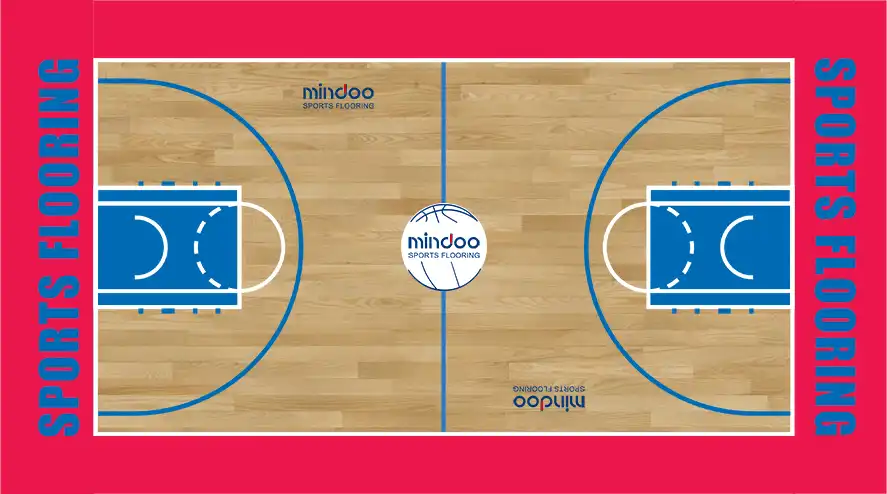
4. Durability and Longevity: Sports wood floors are incredibly durable and can withstand the rigorous demands of daily use. The high-quality wood and professional finishes used in these floors ensure that they remain stable and functional for years, even under heavy foot traffic and intense play. Over time, the wood actually adapts, and any surface imperfections (such as minor scratches) do not compromise its performance.
In the long run, the choice of flooring material is not just about performance—it's about preserving athletes' health and extending their careers. Sports wood flooring provides an optimal environment for reducing knee stress, preventing injuries, and maintaining performance.Ultimately, choosing the right flooring material isn’t just a matter of aesthetics or budget. It's about ensuring that athletes—whether professionals or amateurs—can perform at their best while minimizing the risk of injuries that could affect their health for years to come.
